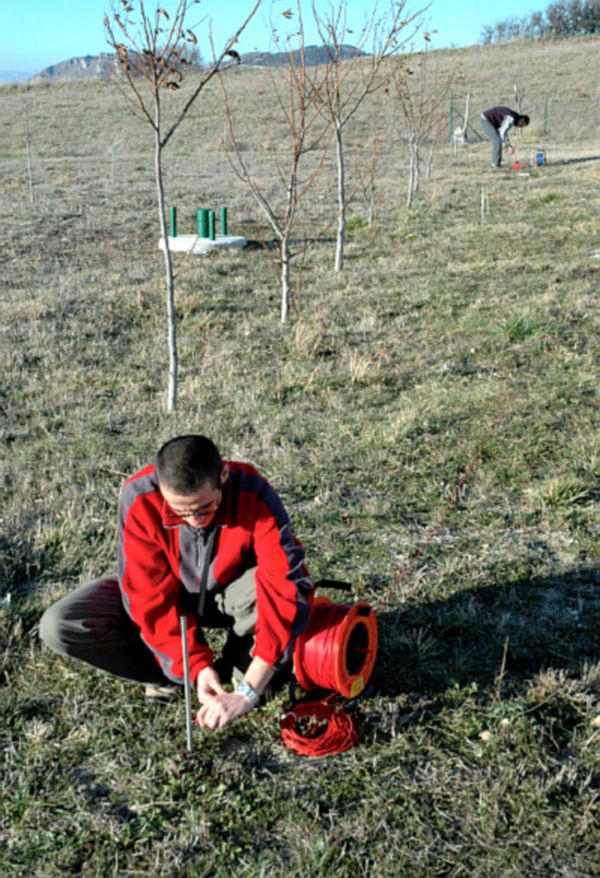No products
Prices are tax excluded
Product successfully added to your shopping cart
There are 0 items in your cart. There is 1 item in your cart.
MAE ET300 Multichannel Georesistivimeter 24-48 Channels
ET300
New
STRENGTHS:
► Parallelization of measurements for pole-dipole, pole-pole, dipole-dipole and three-dimensional configurations
► 24-bit resolution
► Pseudosection in real time
► Allows VES and tomography surveys.
- Consulta este producto
- Remove this product from my favorite's list.
- Add this product to my list of favorites.
| Type of Instrument | Georesistivimeter |
Advantages of the MAE ET300 data acquisition architecture:
- Dramatically reduce the time it takes to complete a survey.
- Possibility of tackling investigations that were previously unthinkable, due to the high number of measures required
- Possibility of repeating the measurements several times to minimize the uncertainty, for the same time taken
- Lower energy consumption
- Recording of the standard deviation for each measurement
- Graphical representation with error bars of the measuring points
- Real-time visualization of the pseudo-section of resistivity
- Availability of an automatic repetition function of the measurements with an error percentage greater than a configurable threshold.
The ET300 is a new compact georesistivity meter for SEV and multi-electrode geoelectric prospecting with 24 or 48 electrodes.
The main feature of this instrumentation is the maximum versatility of use combined with the high speed of execution of surveys, both 2D and 3D. ET300 is managed via a normal laptop or tablet via USB connection.
It is equipped with the "preview" function which allows the user to visualize a preview of the pseudo-section derived from the train of data just acquired directly in the field.The use of this function allows the operator to immediately verify the logged data.
The instrumentation carries out the measurement or the measurement cycle set by the user in automatic mode.
Once the measurement cycle is concluded, the acquired data can be immediately displayed using the "preview" function, the use of which allows the operator to immediately check the recorded data and process it with the relative data processing software.
General:
ADC Technology: 24bit Delta-Sigma ADC
Number of electrodes: 24-48 (with 20 channels)
Array configurations: 1D, 2D, 3D
Measurements: Self potential, resistivity, induced polarization
Dimension: 40x33x17 cm
Weight: 6.3kg
Export compatibility: RESinv, ERTlab, ZondRES, MAE
Roll-along function: Software controlled
Real-time pseudosection: 1D, 2D and 3D
Sequence generator: 1D, 2D and 3D
Case: IP67
Enviromental condition: -20°C/90°C
Power supply: External 12V battery, suggested 100Ah
Average consumption : 0.5A, up to 50A peak
Output:
Power output: 300W
Output voltage: ±50V, ±100V, ±200V, ±400V, ±800V
Output current: up to 6A at 50V, up to 0.375A at 800V
Energization diagram: Custom from 250ms
Precision: ±0.2 μA
Accuracy: < 0.2 %
Input:
Measurements strategy: Parallel
Input voltage: ±25V
Precision: 1.5 μV vs fullscale
Accuracy: < 0.2 %
Input impedance: 2.5MΩ
Stacking and noise reduction: Up to 255
Input notch filter: 50 Hz
Self potential adjustment: Automatic
IP's windows: Up to 20 windows at 20ms interval
Multi-electrode Geoelectrical Prospecting+
V.E.S. Vertical Electrical Survey+
Induced Polarization Measurement+
Spontaneous Potential Measurement+
.jpg)













.jpg)
































